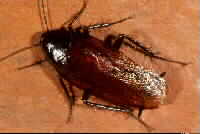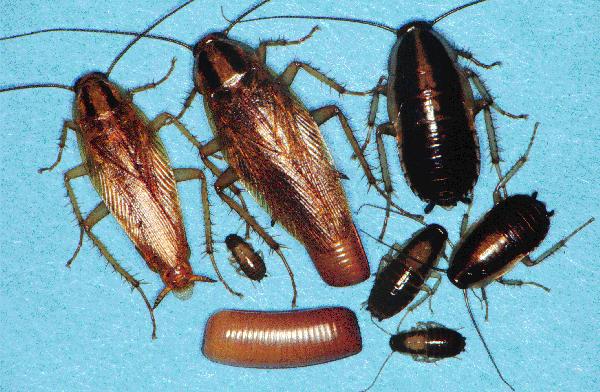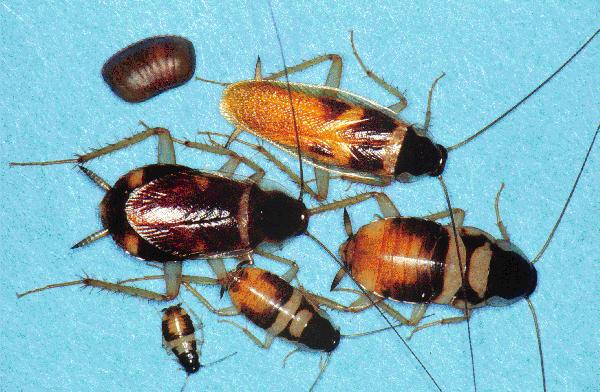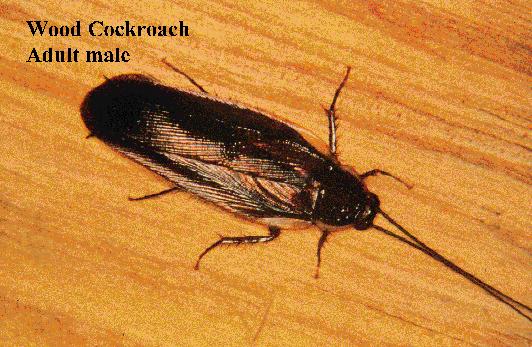
in Exterminating
since 1980
Current Topics
Summer 2025
» Not just a winter problem anymore. Mice! [more]
» LADY BUGS! (asian ladybird beetles) When spring arrives, these little pests will be emerging from their winter nap. Lady bugs... [more]
» STINK BUGS! What's with these things? [more]
» CARPENTER BEES! In recent years, we've seen a major influx of carpenter bees in the northeast. As the weather gets warmer, pest control companies will be fielding calls daily... [more]
Pest Tips and Facts

- carpenter ants do more damage than termites... and faster, too!
- insect damage is not covered by homeowner insurance.
PANTRY PESTS
It is understandably disconcerting to have insects of any kind invading your food areas. At one time or another, we are all going to have to deal with one of a variety of them. Some are product-related, some are structure-related and others are imported. Let's look at some of the most common.
- Product-related insects are just that. They emerge from various grain or seed-based products where they have lain dormant in the egg stage since packaging. Most products have a 'use by' date that, if adhered to will preclude any hatch to the larval stage of the insect inherent in that particular product. Note: Virtually all eggs are edible and are not considered to be food contaminents.
- Meal/grain moth larvae (caterpillars) commonly emerge from marginally processed grain products such as raw oatmeal that have remained in the cupboard beyond their shelf-life. Bird seed and pet kibble that have been around too long are notorious for producing these larvae and their subsequent moth as well.
- Beetles of many different varieties will also emerge in the larval stage from a variety of products. When pupation is complete, the adult beetle will begin to show up. The Saw Tooth grain beetle is one of the most common and will show up in the adult form in old flour, cake mixes, etc.
Below are some examples of some of the product-related insects that one may incounter in a food area.
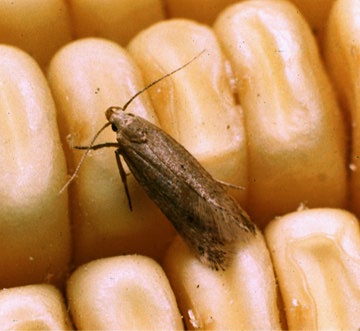
Angoumois |

Cigarette |

Indian Meal |
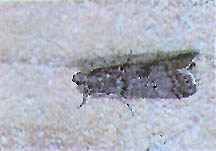
Mediterranean |
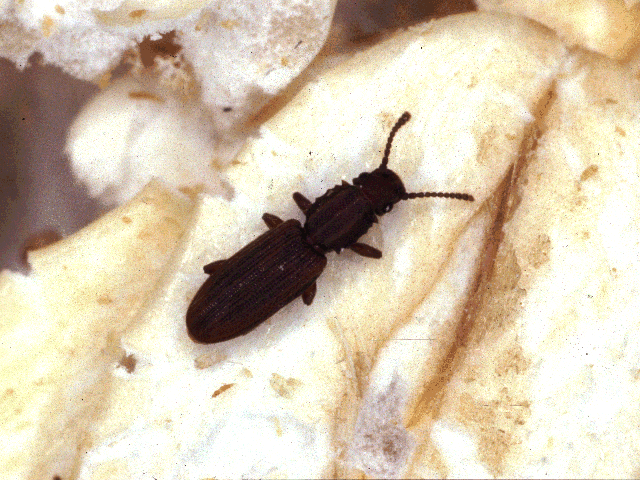
Saw Tooth |
The first step in eliminating product-related insects is always to locate and remove the affected product. Since the adults do not normally re-infest processed products in the home environment, removing the infested product will break the life cycle. Having done that, chemical treatments will not likely be necessary. By the same token, if chemical treatment is used but the product is not found and removed, the treatment will be ineffective.
- Imported insects: Cockroaches. These obnoxious and uber-prolific insects arrive in the home as hitchhikers. They can be carried in from infested stores, warehouses, college dorms, visitors' homes, hotels and motels...just to name a few. They can hitch a ride in luggage, on people's clothing, shipped items, moving boxes and the like. Not all species of cockroach are indigenous to New England. A few of the more common ones are pictured below.
The presence of roaches in the home is, more often than not, going to require the services of a professional exterminator. The exception is the wood roach. Since wood roaches do not establish themselves indoors and their presence is temporary (a few weeks) during the hot summer months, chemical control measures are rarely needed.
- Structural insects: There are a variety of insects that either enter or create nests in homes that, although are not pantry pests, can become a problem in food areas. The most common are ants...either pavement (grease, slab, pismires) ants or carpenter ants. The normal food/water supply for ants is found outdoors. However cold temperatures and the unavailability of food outdoors at certain times of the year may force ants to forage within the structure. The most likely alternative source of food (especially sugars) and water would be the kitchen. Slab ants can only be controlled, seldom exterminated. Carpenter ants showing up in the kitchen, especially in the spring, are an indication of a much more serious problem. Click here to find out more about these wood-destroying insects.
There are a whole host of other less common insects that can show up in your home. Call or email for identification and information of insects not addressed here.
Obviously, AAA Pest Control, Inc. is well able to eliminate pantry pests. And, when we feel that professional extermination is not indicated, we are always happy to share with you some steps you can take yourself to solve your problem. Sometimes you need an exterminator and sometimes you don't.
